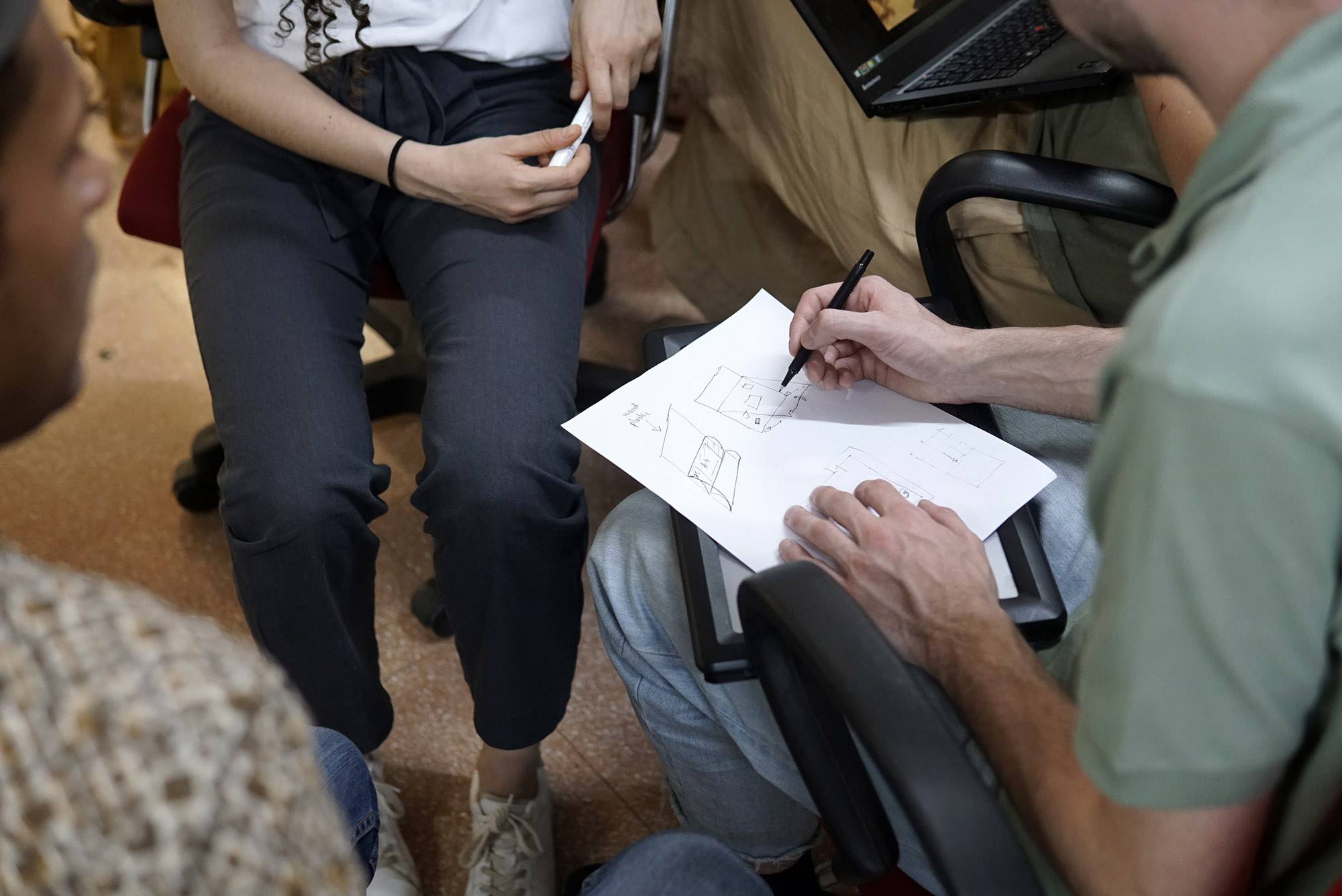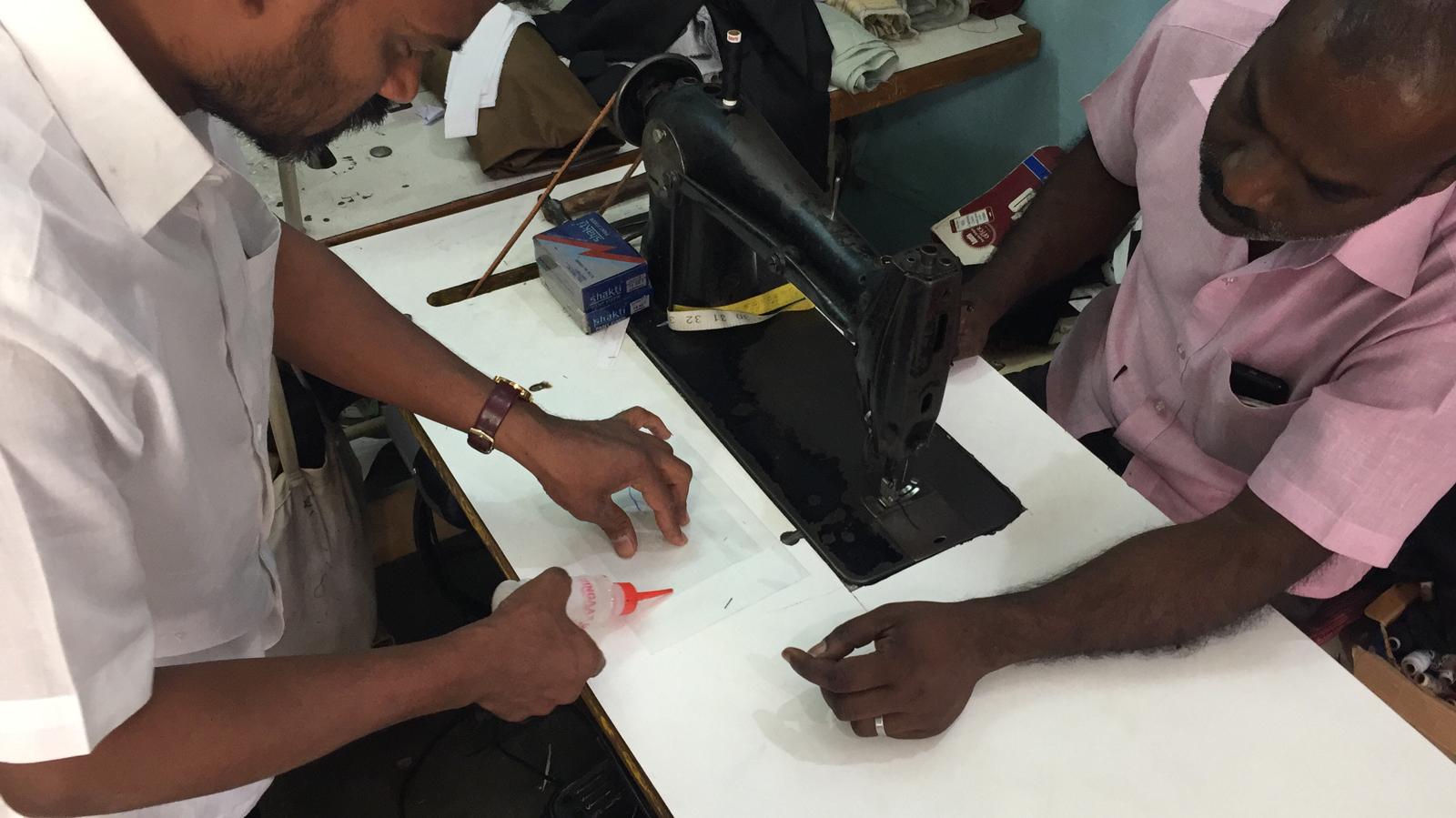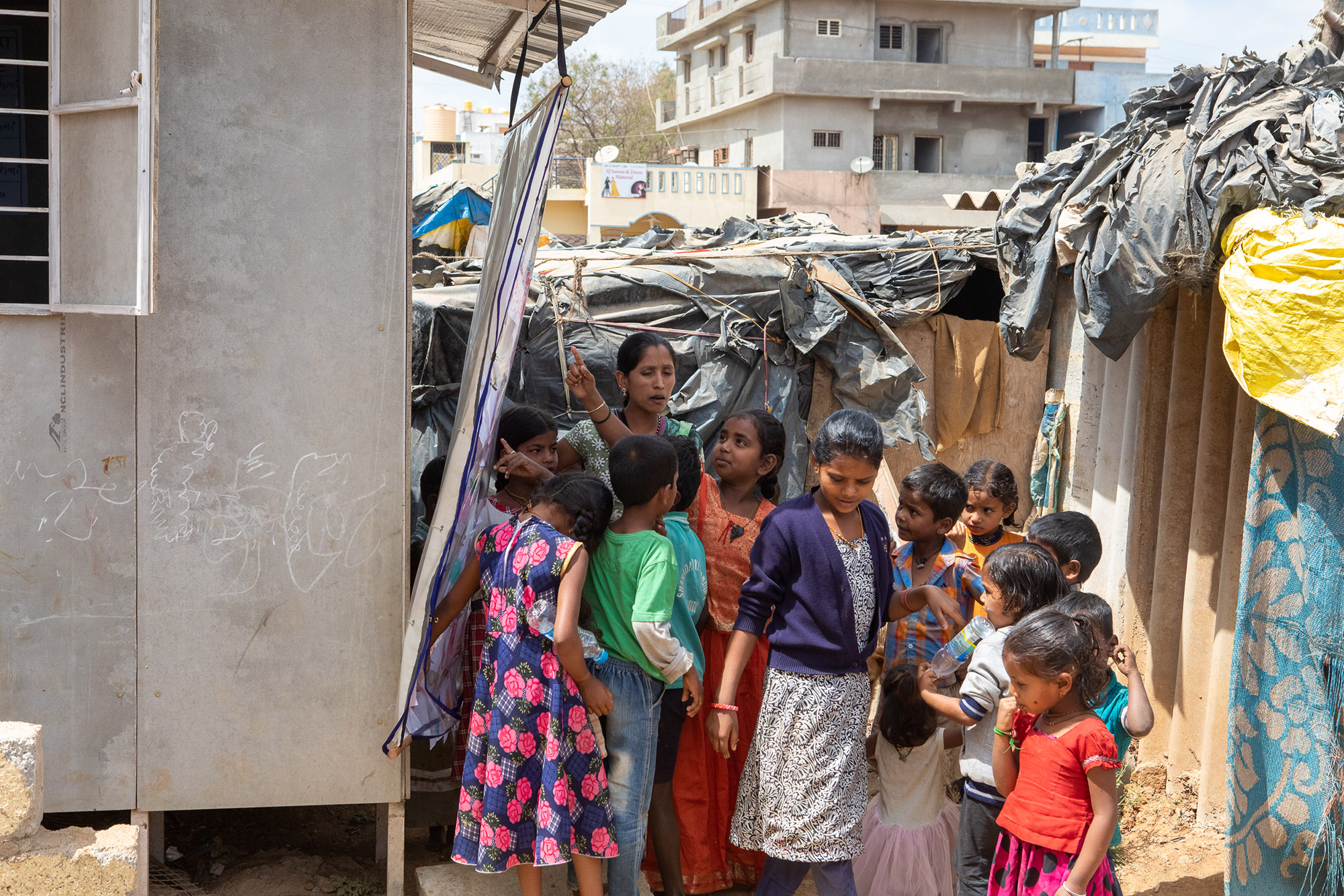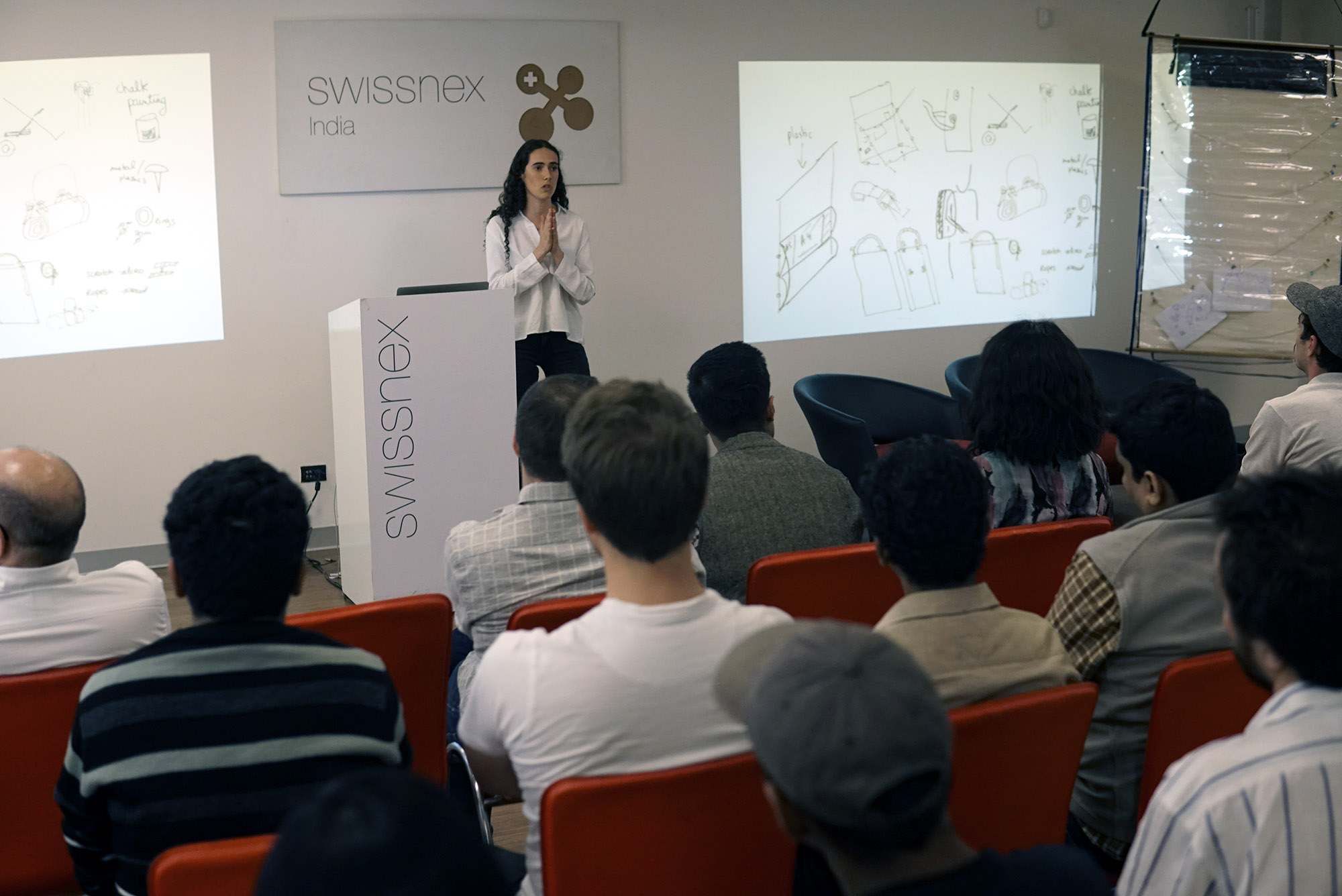Prototype validation
Teams conduct field research and test their first solutions assumptions with the beneficiaries in real conditions. It's also time to build the prototypes for the most promising solutions to start tracking and measuring a real change.

The best prototypes help to get answers to very specific questions. What should be tested? What are the assumptions that need to be true? How can teams validate their idea in regard of the expected change? What will be the validation criteria?
Building
Building a prototype in an unknown city with limited resources can be challenging. However, teams couldn’t pretend to have a sustainable solution without local production and maintenance. Scouting the streets to find craftsmen or internet to find existing libraries, prototyping requires resourcefulness and creativity.


Implementation testing
To be adopted, a solution should be acceptable, affordable and accessible. Testing a prototype in this context doesn’t aim only to see how an idea responds to real-world conditions. It reveals the solution’s maturity degree for every adoption parameter. After an initial testing, the beneficiaries can keep the prototypes. Their adoption and impact will be tracked by local partners.
Delivering
Teams don’t stop at testing their solutions. They share the learning about the process and result with local experts

